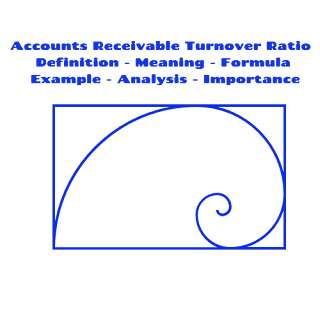Accounts Payable Turnover Days - Formula - Example - Interpretation - Importance

Here we study about Accounts Payable Turnover Days. Previously we study about Accounts Payable Turnover Ratio . Accounts Payable Turnover Days Definition What is Account Payable Turnover Days? Basically, it is that ratio which shows that how many days the company takes to pay its short term debts to it suppliers. If the company pays its bills quickly, then it is a good sign for the liquidation of the company to main the smooth running of the business. This ratio is also known as Creditors Payment Period or Average Payment Period. If this ratio is low, then it is a good sign for the company as the company pays its bills in short period of time and on time to Suppliers. On the other hand, if this ratio is high, then it does not encourage investors or creditors to invest or give credit to that company. Accounts Payable Turnover Days Formula 365 / Accounts Payable Turnover Ratio Example: If Accounts Payable Turnover Ratio is 2






